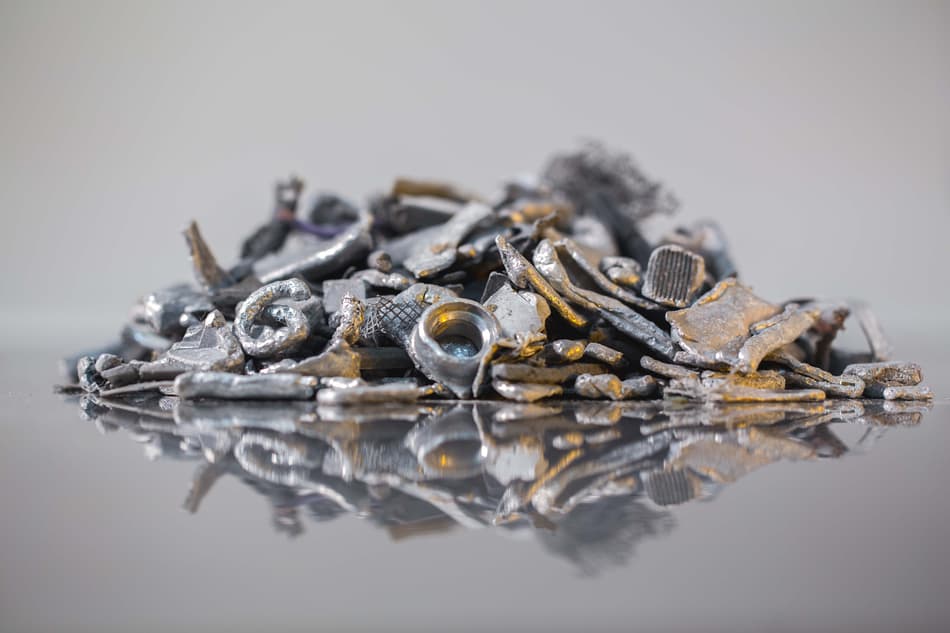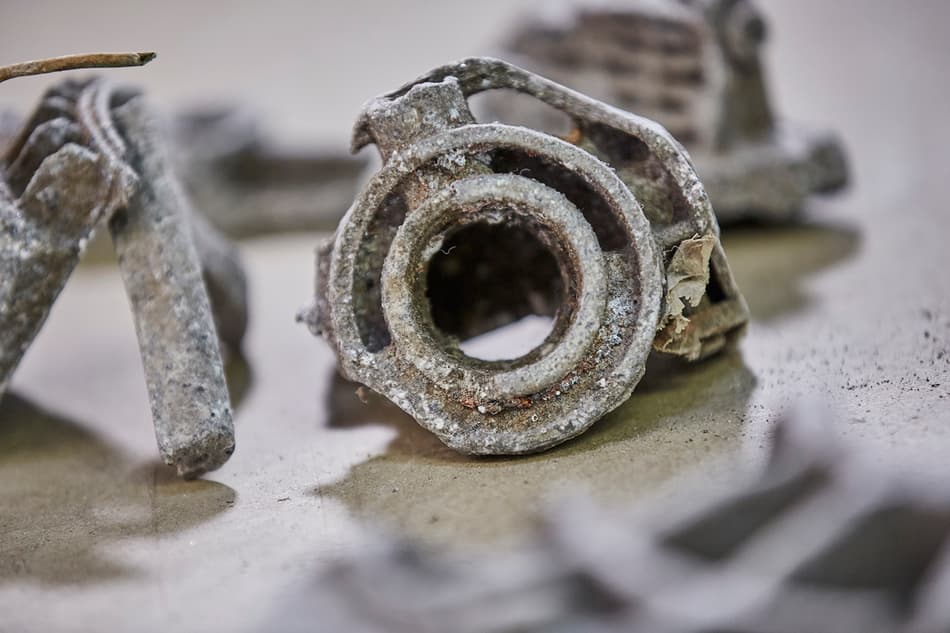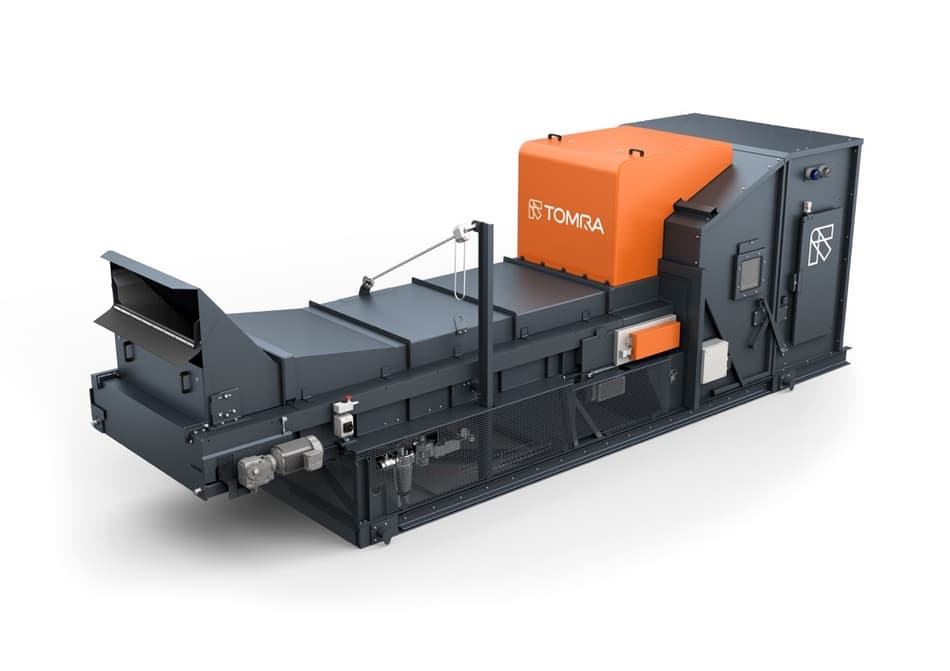Aluminum recycling: an urgent and unexplored reality in Mexico

However, the extraction and processing of aluminum comes with a considerable impact on the environment and can entail acidification, climate change, high energy demand and much more. According to the OECD, it is estimated that the world's metals demand will reach more than 20 gigatons (Gt) by 2060, but the good news is that most of it could be covered by recycled materials.
The metals most commonly used in the industry are aluminum and copper. Aluminum is commonly found in numerous products such as windows, doors and wires, as well as in outdoor signs and street lighting; it is also used in plates, pipes and foundry products, heating, ventilation and air conditioning ducts, ceilings, walls and many other devices. Its wide-spread use is mainly due to its properties of being corrosion resistant, highly conductive, weather resistant, moldable, and flexible.
All its unique features greatly support the sector in reducing CO2 emissions and make it a crucial material for various applications in the transport, construction, and packaging sector as well as for renewable energy technologies. When it comes to recycling, aluminum proves to be an all-star: it can be recycled repeatedly without losing its properties and while requiring 95% less energy than required in the primary production process.
It is important to note that metals are not a renewable resource, which is why they are part of the United Nations 2030 Agenda for Sustainable Development. Recycling one ton of aluminum helps to conserve approximately five tons of bauxite, which is a sedimentary rock of chemical origin and consisting mainly of alumina (Al2O3).
According to the Metal Recycling Factsheet by EuRIC, the primary production of aluminum from bauxite generates 320 million tons of CO₂ emissions annually whereas aluminum recycling only emits 20 million tons of CO₂ emissions, which is equivalent to a reduction of 84%. With modern technologies the reduction can even reach up to 95% and thus contribute to mitigate climate change and its effects.
Aluminum is a key element for achieving a circular economy and due to its intrinsic characteristics it's becoming a crucial part of some overall objectives, such as the Circular Aluminum Action Plan from the European Union. The plan’s objective is to give a clear outlook to the development of a decarbonized, circular and energy-efficient aluminum value chain in Europe by 2050. By 2030, by unlocking aluminum’s full potential for a circular economy by 2030. Today, recycled aluminum already represents 36 percent of aluminum metal supply in Europe.

Recycled aluminum can be extracted from mixed scrap, for example Zorba. Zorba can be generated from End-of-life vehicles (ELV) which consist of non-ferrous metals, ferrous-metals, plastics, rubber, glass, and other materials. Processors or recyclers sort the incoming materials according to their requirements. The more accurate materials are sorted into clear fractions (e.g. aluminum, copper, etc.), the higher the quality of the recycled materials. As a consequence, higher purity levels achieved through accurate sorting can also open new lines of trading to the recycler, who is increasingly exposed to more stringent regulations set by all the 108 Mexican norms related to the processing, commercialization, extraction and use of aluminum.
According to Data Mexico, in 2020, the main commercial destinations of aluminum waste and scrap generated in Mexico were the United States (US$172M), Brazil (US$58.6M), South Korea (US$30.7M), Saudi Arabia (US$15.7M), and Germany (US$10.3M). The states with the highest international sales of aluminum waste and scrap were Nuevo León (US$158M), Puebla (US$56.6M), Baja California (US$35.6M), Chihuahua (US$35.6M), and Coahuila de Zaragoza (US$12.6M).
Homogenous mono fractions of one metal type bring greater yield and market value. Moreover, these mono fractions are mandatory for high-quality recycling since high quality recyclates can only be produced from the purest material fractions. One way to achieve the required purity levels in mono fractions is the use of sensor-based sorting technologies. These technologies are an integral part of a sorting or recycling plant where they recover recyclable resources out of metal waste streams.

Julio Barrientos, Recycling Sales Manager in Mexico at TOMRA comments: “the complex nature of processing metal waste, including the scrap known as Zorba, often requires more than just a standard machine. TOMRA's sorting machines for metal applications combine different technologies to enable the recovery of high purity metal fractions, even from the most difficult fractions and regardless of composition and grain size. Recovering recyclables from diverse waste streams with advanced technologies enables recyclers and processors to maximize the value of metals and take advantage of valuable materials extracted from Zorba.”
TOMRA is a global leader in the automation of waste sorting. TOMRA's sensor-based sorting technology reduces commercial and operational barriers and enables the recycler among others to market 99% magnesium-free aluminum and benefit from higher yields. The company’s X-TRACT unit for instance excels in the separation of heavy metals from aluminum and realizes purity levels of 98-99%.
When sorting Zorba, many re-processors still use traditional processing methods such as manual sorting or sink-float processes. Although these processes also come with benefits, they are generally more limiting compared to what can be achieved with automated sorting. And others for instance sell mixed material instead of using the opportunity to recover high quality and valuable fractions beforehand. With operating costs for TOMRA's sensor-based systems being as low as 20 percent compared to those for dense medium systems, and with the global demand for recovered mixed metals continuing to grow, metal processors and recyclers could significantly increase their profitability by recovering high-value fractions with sensor-based sorting technology. TOMRA is actively promoting this trend and has been providing metals sorting solutions in Central and South America since a couple of years.
In Mexico, aluminum makes up a great amount of the waste generated. According to Sustain Luum, it is estimated that the solid urban waste (SUW) generated in the country per day consists of 1.06% (38,201 t/month) aluminum waste, which is equivalent to the disposal of 1,170 tons of aluminum per day nationwide. It is also estimated that around 97% of this waste is generated in housing units or is dumped on public roads, where it is separated and collected for subsequent reuse or recycling.
TOMRA is confident that aluminum recycling in Mexico will help different industries in the country to grow, mainly the automotive industry, thus generating not only an economic activation but also unleashing the full value of the material and its characteristics. This in turn, will also lead to greater sustainability of the nation and positively contribute to an increase in local trade – a win-win-situation for both the environment and the economy of the domestic market.
